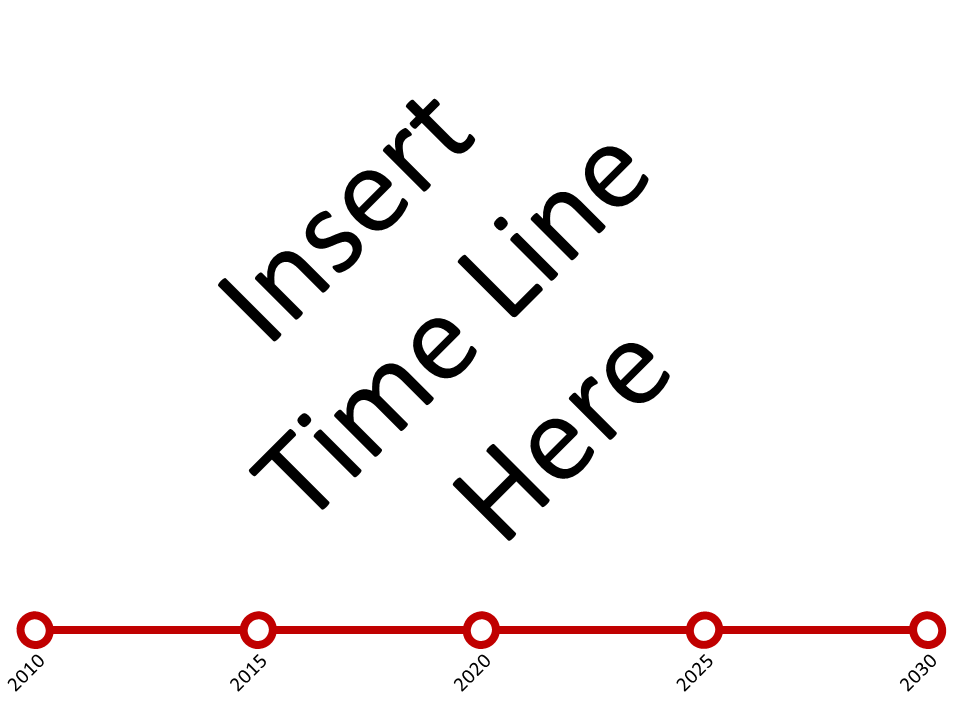The Blame Game
The Scenario
The year is 2030 and the European Union is only a shadow of its glorious past. The region is still feeling the impact of the 2009 financial crisis which led to a depression in Europe.
The billions of Euro pumped into the financial market by the richer nations, helped the economy to stabilize in the beginning and it showed signs of recovery. But, the recovery was long drawn and the rich nations were not able to sustain the financial flow and started withdrawing the money released, to divert it to other economic requirements. After all, each country had its own problems to cop with.
The EU was also unable to sustain subsidising the lesser developed member states. This caused wide spent resentments among member nations. With rising unemployment levels and falling standards of living, member nations turned their focus inward and adopted more socialistic practices.
People started re-looking at their identity. Till that time they believed in a unified EU, but as the EU was not able to keep the ship afloat, richer members considered the option of being the first to part ways so that they could be able to serve their people better.
That was the beginning of the disintegration.
Timeline
Period of 2010 - 2015
The bottom of the credit crisis seemed to stay behind in the end of 2009. Small signs of economic recovery were improving citizen confidence for the following years. The news about other countries that had recovered such as China, Australia and Brazil were fullfiling of hope the population in Europe. However, the prevision of economists were predicting a stronger hit in the economy of major developed coutries. Unfotunately, they were right. The bubble burst again in the beggining of 2011.
Regulations in the financial sector weren't enough to contain a second and fatal collapse of major banks. Government had to inject huge amount of money in financial institutions to guarantee their deposits. Unemployment rose up to 35% in Spain and nearly 25% in the UK.
The pessimim and panic spread out throughout Europe and a felling of uncertainty regarding the future explained several actions taken by individuals and governments to protect themselves. With the lack of confidence in the financial sector people started to withdraw their money from the banks. The bank run required immediate intervention from government, but promises that government would guarantee people's deposits did not stop individuals' wiliness to hold their money during the new turmoil. Meanwhile, companies not only stoped investing in new projects but also started divesting their assets. Prices went down rapidly. Consumption decreased.
The economic meltdown was lasting longer than expectations and signs of recovery did not seem to appear in a near future.
New politic parties came up with different types of reforms and proposals. People did not believe in the capitalit way of life anymore. Left wing parties started gaining power and support from voters.
Period of 2015 - 2020
By 2015, the effects of the economic crisis were still deeply visible throughout the union. The downward trend had flattened out but millions of jobs had been lost. The huge numbers of unemployed started to feel a large amount of resentment at the large number of immigrants within their countries. They blamed them for the lack of jobs and there was a noticeable shift in the mindset of the people with more and more people sharing conservative ideas about closing down borders to immigration and tightening laws for offshoring and outsourcing. This started to cause wide spent resentments among the poorer member nations.
Elections in the countries of the EU started to show a rise of left wing parties pushing a more socialist agenda. They blamed the capitalist way for the crisis and came to the conclusion that the socialism with its ideals of equality and fairness was a much better concept. The huge government equities in major companies were leveraged to enforce new labor laws. Protectionism was the flag raised by political parties to receive enough votes in order to remain in the power.
Period of 2020 - 2025
By 2020, socialism had taken a strong hold in Europe with almost all countries being governed by left wing governments. Socialist governments started to blame each other for the economic slowdown of the past decade.
The crisis had also effected countries in several degrees. Many governments wanted to regain control of their monetary policies to devalue their currencies in order to improve exports and provide a much needed stimulus to their economies. The presence of a unified currency was thus seen as a roadblock to progress by many governments and some countries started to talk about giving up the Euro and going back to national currencies.<br\>
The growth of socialism also led most countries to focus primarily on their own national agenda, thus ignoring worldwide issues like climate change, green technology, poverty reduction, and conflict resolutions.
The lack of new investments in renewable source of energy led to a growing dependence by most EU countries on Russians resources. Some members developed good relationship with the Russians while others were against the high level of dependence. The difference of interests were becoming bigger among the members.
Period of 2025 - 2030
By 2025, people started re-looking at their identity. Till that time they believed in a unified EU, but as the EU was not able to keep the ship afloat, richer members considered the option of being the first to part ways so that they could be able to serve their people better.That was the beginning of the desintegration.
Key Variables
Governance
Economy
Identity
Immigration
Boundary
Financial System
Culture
Commerce / Trade
Resources / Energy
Political Alignment
Population Change
Summary
The Europe unification has come to and end after many attempts to unify it under a new Constitution to give more power to Brussels.

